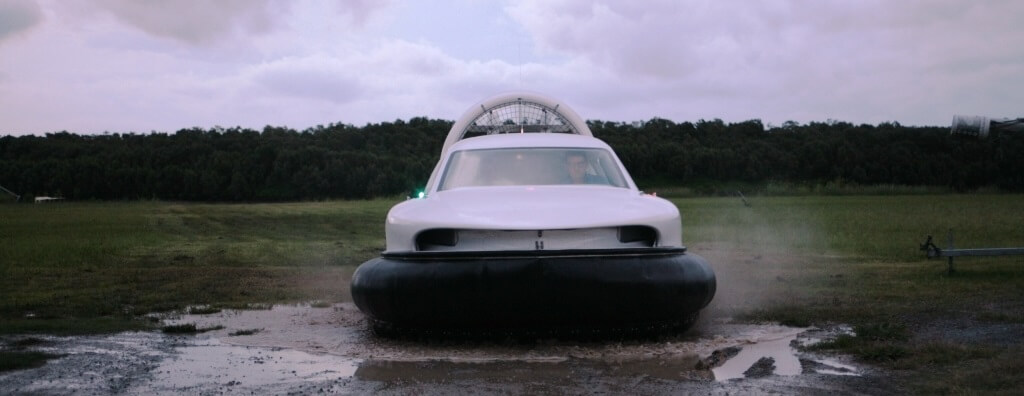
Hovercraft (or Air Cushioned Vehicle) operate by producing a cushion of air between the craft’s hull and the surface below. Hovercraft have the ability to operate over virtually any flat surface such as ice, flood plains, vegetation, sand, gravel, mud flats and shallow water.
For the majority of people hovercraft are new experiences. Our knowledge of them is usually gleaned from newspapers, television, magazines and the like, and consequently misconceptions are ripe. This article provides a good insight into hovercraft and the environment.
Hovercrafts are typically manufactured either from Composite Fibre Reinforced Plastic (FRP) and Polyvinyl Chloride (PVC) foam sandwich system or an Aluminium based construction system. In this article we have compared the hull structural systems as relevant to hovercraft, in particular commercial hovercraft in the weight range of 600kg to 8,000kg payload capacity.
As a resource for prospective customers we have created a comparison of different hovercraft lift, thrust and transmission systems to best understand what we offer in regards to these systems.
What does the future hold for hovercraft? A brief article on what to expect from Airlift Hovercraft.